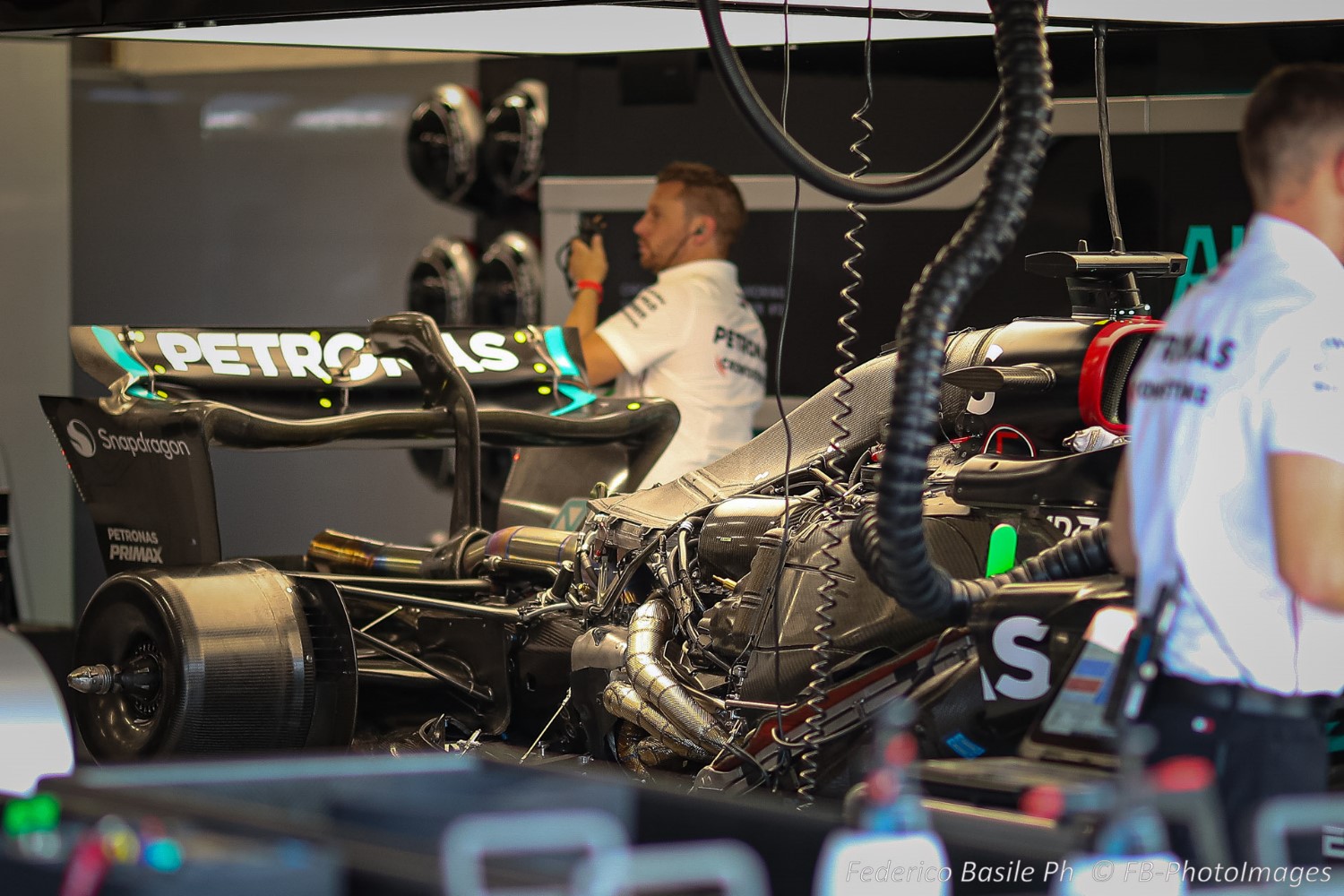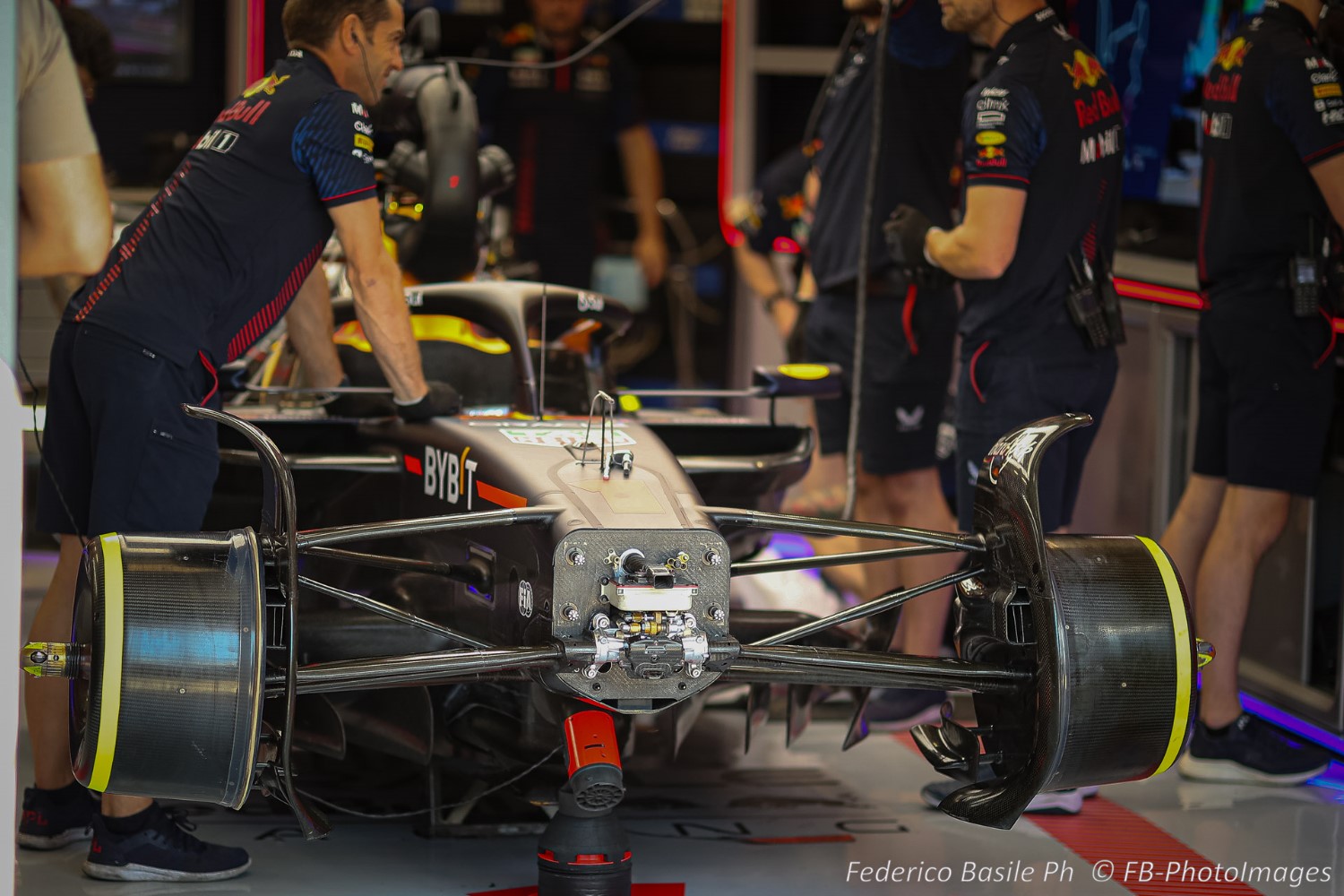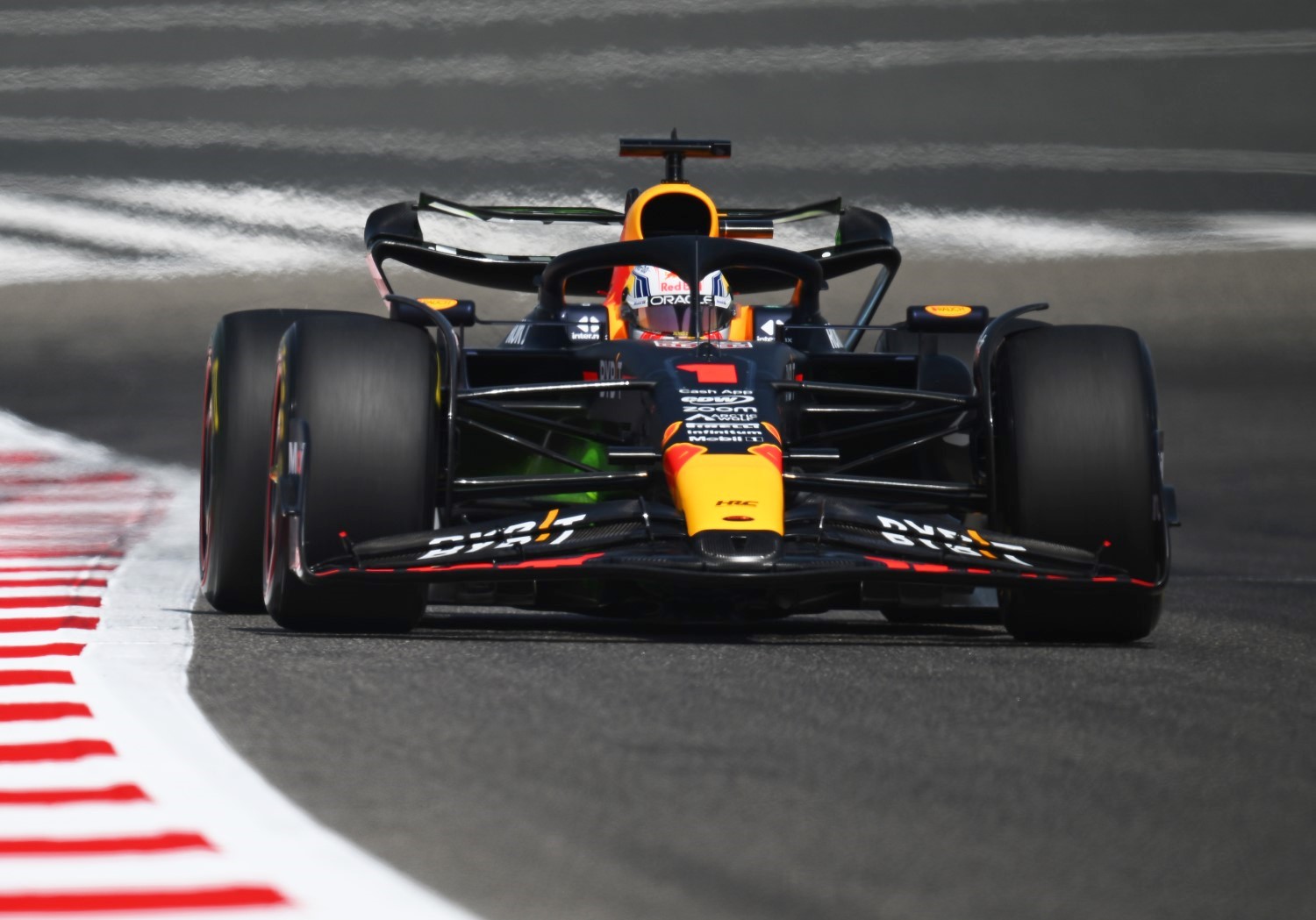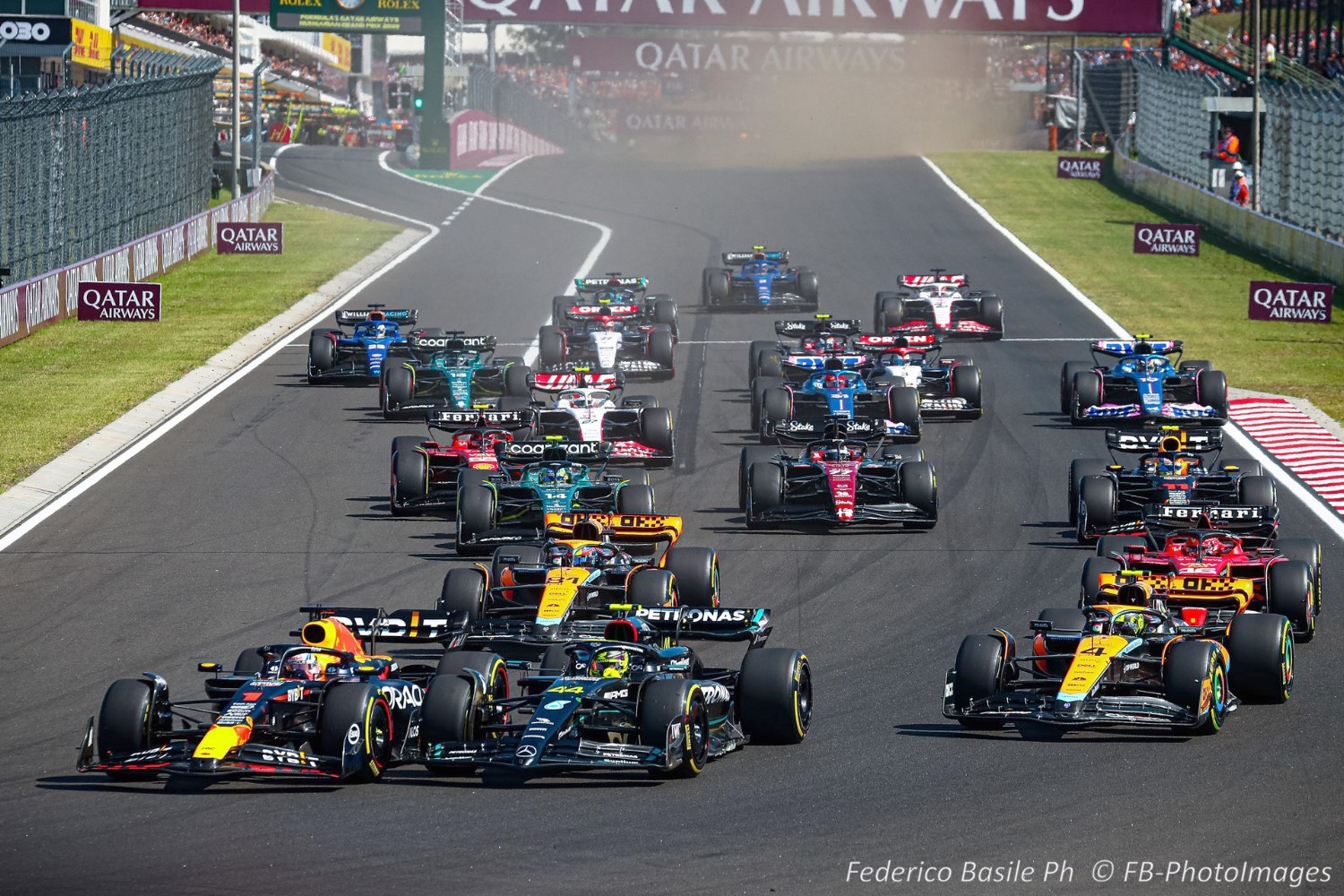Formula 1 News: FIA aiming for much lighter cars in 2026
(GMM) F1’s governing body will put the cars on a diet for the all-new regulations starting in 2026 by making the car and wheels smaller.
One of the major complaints about the current generation of cars is the hefty weight, which if left unchecked would only rise even more for 2026 when the electrical power of the engines will ramp up.
Red Bull’s Christian Horner recently issued a warning that if the new engine rules aren’t tweaked for 2026, it could mean drivers need to lift off half-way down straights to save electrical power.

But the FIA’s single seater boss Nikolas Tombazis insists that the rules are set in stone and that criticisms like Horner’s were “premature”.
“The power unit has been defined for a year and the rules are stable – the manufacturers are already working,” he told journalists. “As for the chassis, discussions are happening now.”
Tombazis says there is time before a June deadline to agree a set of chassis and aerodynamic rules for 2026 that are workable – with a key requirement being “between 40 and 50 kilograms” less overall weight than present.
“It will be a shorter car,” he said. “And narrower. And lighter. To get the weight down, the downforce will be considerably reduced and drag will be greatly reduced.
“The load on the suspension will be less, so the cars can be lighter. We are also planning smaller wheels – we are aiming for 16-inch rims with smaller tire diameters and narrower widths, both front and rear.
“We believe that all of this will contribute to significant weight loss, although it will not be easy for the teams.”

Although the changes seem significant, Tombazis insists 2026 will be more “evolution” than “revolution” even though the cars will be “visibly different”.
“In terms of laptime, which is not a factor that we consider greatly, I think it will be very close to the current one. Maybe a couple of seconds slower or something like that. But even if they were five seconds slower, we wouldn’t be too worried,” he said.
As for the controversial ‘DRS’ innovation, Tombazis says the same thing might be able to be achieved with moveable aerodynamics on the straights or within the energy-recovery systems.
“We are still discussing that,” he admits. “There are several options on the table and we will try to choose the best one. But we don’t want cars that pass without difficulty on the straights.”

